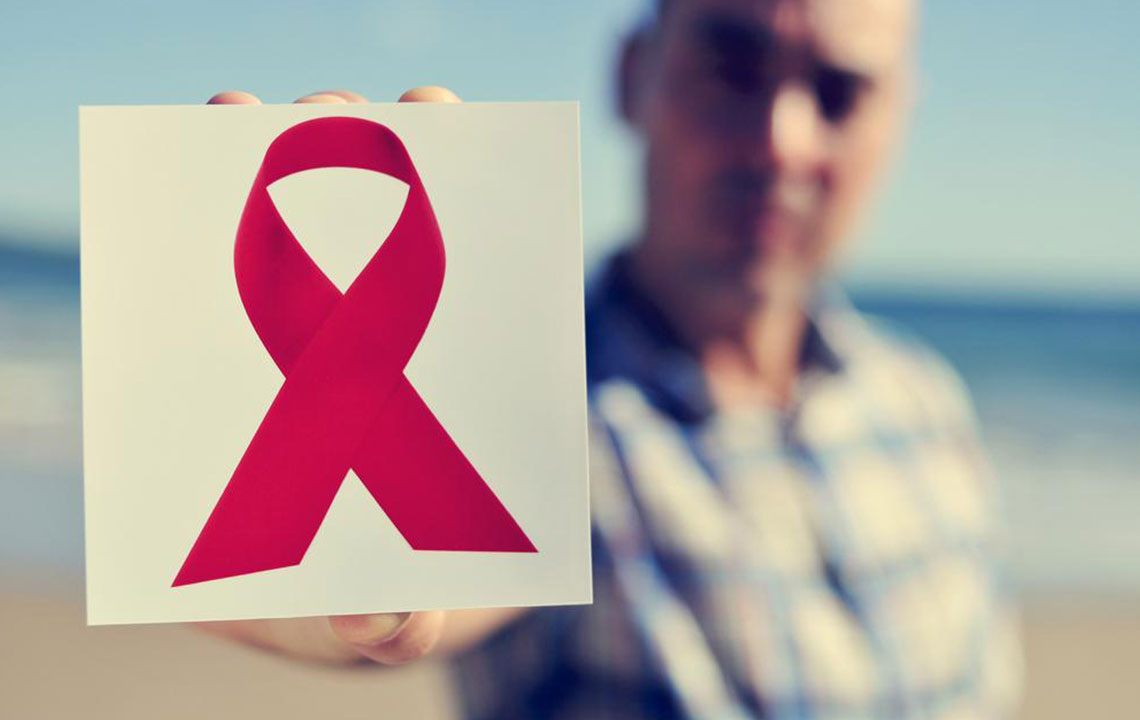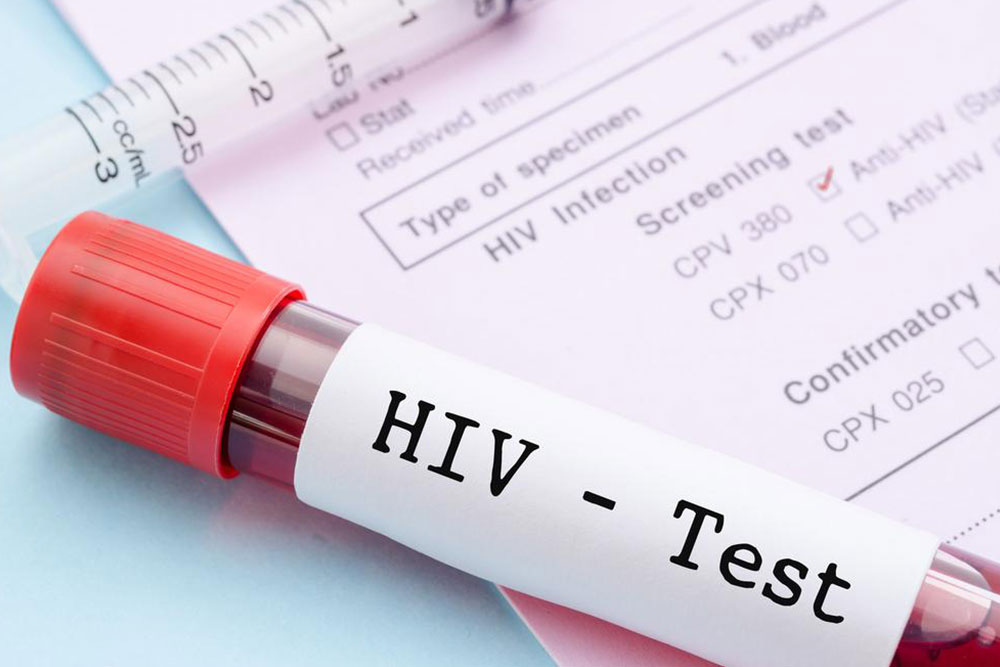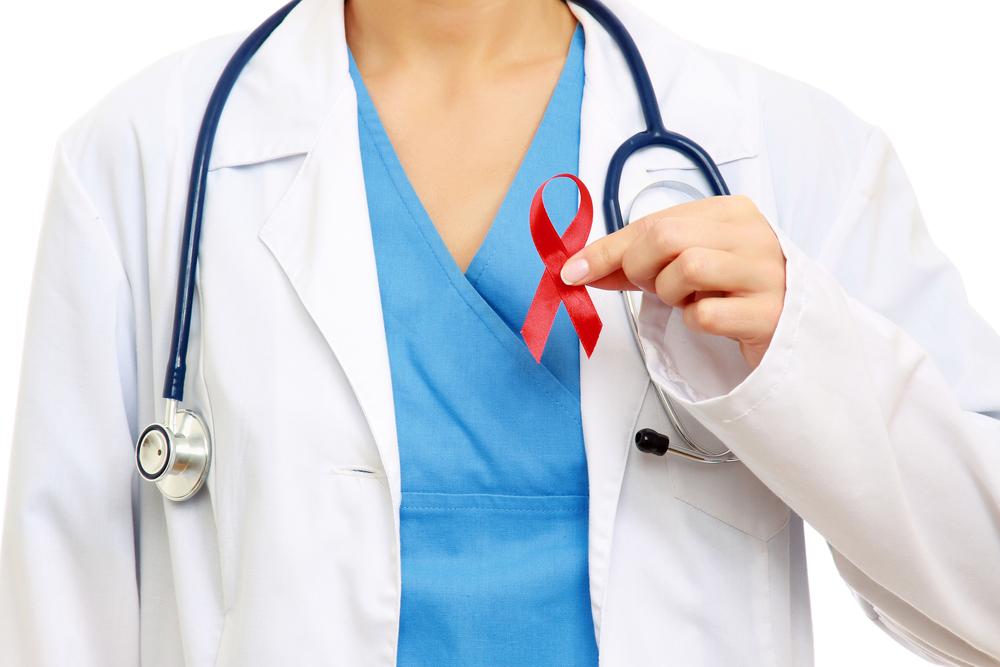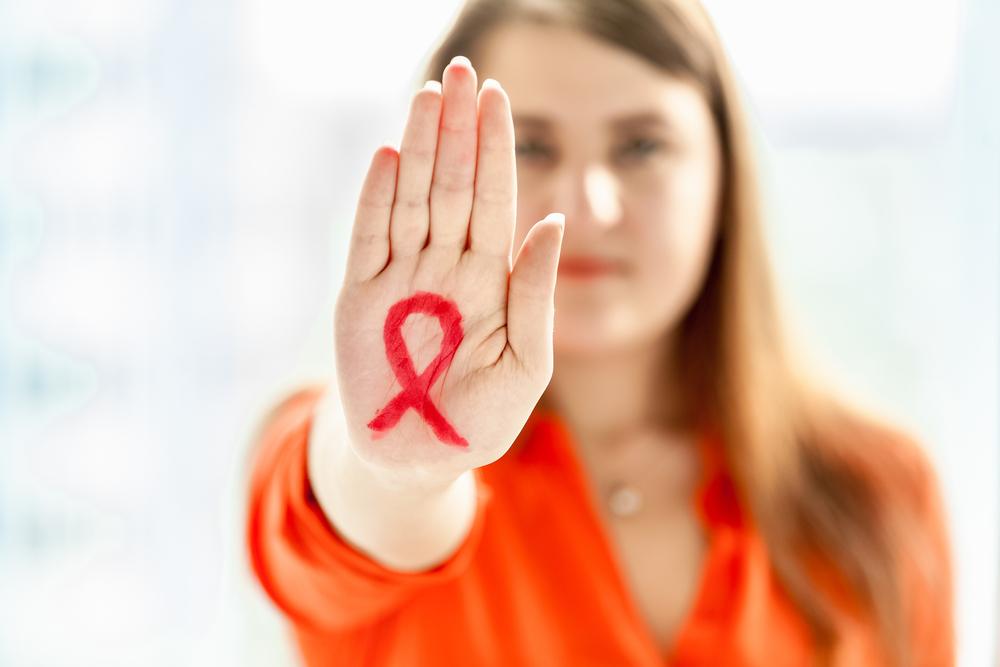Understanding the Causes and Signs of HIV/AIDS
This article explains the key causes, transmission methods, and symptoms of HIV/AIDS, highlighting the progression from infection to AIDS. It emphasizes the importance of understanding how the virus affects the immune system and the stages of symptoms. Regular testing and consulting healthcare providers are essential for managing HIV. The content aims to raise awareness and encourage timely intervention to improve health outcomes.

HIV/AIDS is a condition caused by the Human Immunodeficiency Virus, which weakens the immune system, making individuals more vulnerable to infections and certain diseases.
How HIV Spreads
HIV can be transmitted through sexual contact with an infected person via vaginal, anal, or oral sex, especially if mouth sores are present.
Sharing contaminated needles, such as during drug use, is a common transmission route.
Blood transfusions from infected donors pose a risk, although rigorous screening minimizes this chance.
Mother-to-child transmission during pregnancy, childbirth, or breastfeeding is also possible.
Progression from HIV to AIDS
Most individuals live with HIV for years without developing AIDS. The virus targets CD4 cells, crucial components of immunity, reducing their count over time. AIDS diagnosis occurs when CD4 count falls below 200.
Symptoms Overview
Signs vary by stage:
Initial (Acute HIV):
Flu-like symptoms such as fever, sore throat, headache, muscle aches, and swollen lymph nodes appear within 4–6 weeks.
Chronic (Asymptomatic) Stage:
Often no symptoms except lymph node swelling; can last many years with proper treatment.
AIDS Symptoms:
Persistent fever, weight loss, diarrhea, fatigue, night sweats, rashes, and mouth sores.
Despite therapy, some may remain in the chronic phase without symptoms for extended periods, but no cure exists yet.Note: This article provides general information about HIV/AIDS symptoms and progression. For accurate diagnosis and treatment, consult qualified healthcare professionals. Do not rely solely on online information for medical decisions.










